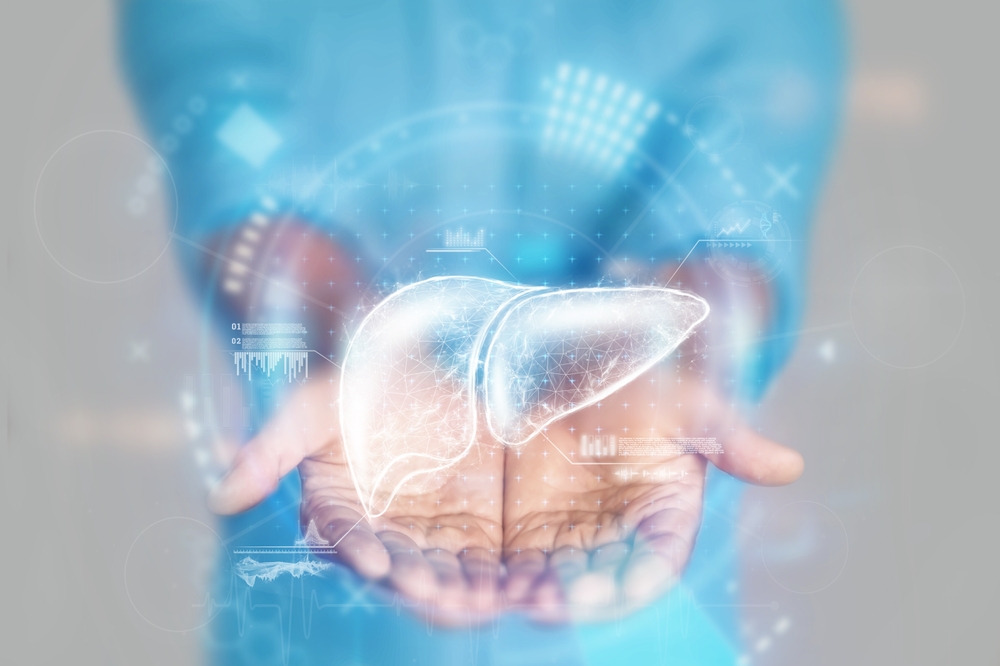How Can a Liver Transplant Surgery Help In Treating Cirrhosis?

Cirrhosis is a progressive liver disease characterised by the replacement of healthy liver tissue with scar tissue, ultimately leading to impaired liver function. While various treatment options exist for cirrhosis, liver transplantation has emerged as a life-saving intervention for individuals with advanced stages of the disease. In this blog, we'll delve into the role of liver transplant in treating cirrhosis, exploring its benefits, risks, challenges, alternatives, and advancements in the field.
What Is Cirrhosis?
Cirrhosis is an advanced liver disease characterised by distortion of normal liver parenchyma with fibrous tissue along with vascular remodelling. It іs typically brought on by factors like excessive alcohol use, viral infections lіkе hepatitis B and C, non-alcoholic fatty liver disease (NAFLD), autoimmune diseases, or specific genetic disorders. Fatigue, jaundicе, fluid rеtеntion, blееding tendеncies, and cognitive impairment are symptoms of advanced cirrhosis.
Liver Transplantation
A lіver transplant is a surgical procedure that involves rеplacing a dіseased lіvеr with a hеalthy livеr from a dеcеased or livіng donor. It is considered when cirrhosis reaches an advanced stage where other treatment options no longer provide sufficient relief or improvement. The evaluation process for liver transplantation candidacy typically involves assessing the severity of liver disease, overall health status, and psychosocial factors.
Types of Liver Transplants
Deceased Donor Transplants: where a liver is obtained from a deceased individual who has consented to organ donation. Living Donor Transplants: where a healthy person can donate a part of their liver, which can then regenerate in both the donor and the recipient.
The Liver Transplant Surgery Waiting List
Organ Allocation: The allocation of organs is based on factors such as the recipient's severity of illness, blood type compatibility, body size, and the distance between the donor and recipient.
Waiting Time: The demand for liver transplants often exceeds the supply of suitable organs, resulting in a waiting period that can vary based on geographical location and availability.
Benefits of Liver Transplantation for Cirrhosis
Restoration of Liver Function: Liver transplantation offers the opportunity for a new healthy liver to replace the damaged liver. This procedure restores vital liver functions, including metabolism, detoxification, synthesis of proteins, and regulation of hormones. With a functioning liver, complications associated with cirrhosis, such as ascites (fluid accumulation in the abdomen), hepatic encephalopathy (brain dysfunction), and coagulation disorders, can improve or resolve.
Improved Quality of Life: Liver transplantation has a profound positive impact on the overall quality of life for cirrhosis patients. Relief from debilitating symptoms such as fatigue, pruritus (itching), and jaundice allows individuals to regain physical and mental well-being. Patients often experience improved energy levels, increased appetite, and the ability to resume normal activities and engage in social interactions that were previously limited due to their illness.
Prolonged Life Expectancy: Liver transplantation significantly improves survival rates for individuals with advanced cirrhosis compared to alternative treatments. Studies have shown that liver transplant surgery recipients have a five-year survival rate of approximately 80% and a ten-year survival rate of 60-70%. These statistics highlight the potential for long-term outcomes and extended life expectancy following successful liver transplantation.
Risks and Challenges
While liver transplantation offers numerous benefits, it is important to recognize the potential risks and challenges associated with the procedure:
Surgical Complications: Like any major surgery, liver transplantation carries inherent risks, including bleeding, infection, blood clot formation in vessels, or complications related to anaesthesia. However, advancements in surgical techniques and postoperative care have significantly reduced the occurrence of such complications.
Organ Rejection: After transplantation, the recipient's immune system may recognize the transplanted liver as foreign and attempt to reject it. To prevent rejection, patients require lifelong immunosuppressive medications. These medications suppress the immune response, minimising the risk of rejection but also increasing the susceptibility to infections and other side effects. Dose requirements of immunosuppressive medications decrease with time after transplantation.
Limited Availability of Donor Organs: The demand for liver transplants surpasses the availability of suitable donor organs. Consequently, individuals often face a waitlist period, during which their condition may deteriorate. Organ allocation systems prioritise patients based on the severity of their illness, time spent on the waiting list, and other medical factors.
Post-Transplant Care: Successful transplantation requires diligent postoperative care and lifelong management. Regular follow-up appointments, monitoring of immunosuppressive medication levels, adherence to lifestyle modifications, and a healthy diet are essential for long-term graft survival and overall well-being.
Alternatives to Liver Transplantation
While liver transplantation offers the only curative treatment with best outcomes for advanced cirrhosis, it may not be feasible or suitable for all patients. Some alternatives to consider include:
Medications: Certain medications can help manage symptoms and slow down the progression of cirrhosis, especially when addressing underlying causes such as viral hepatitis or autoimmune conditions.
Lifestyle Changes: Adopting a healthy lifestyle, including abstaining from alcohol, maintaining a balanced diet, and regular exercise, can promote liver health and potentially slow down disease progression.
Interventions for Complications: For specific complications of cirrhosis, such as variceal bleeding or ascites, medical interventions like endoscopic procedures, medication, or paracentesis (fluid drainage) may provide relief.
Research and Advancements: Ongoing research focuses on developing new treatment modalities for cirrhosis, including cellular therapies, tissue engineering, and regenerative medicine, which may offer promising alternatives in the future.
Conclusion
Liver transplantation plays a pivotal role in treating cirrhosis, offering a new lease on life for individuals with advanced liver disease. With the restoration of liver function, improved quality of life, and increased life expectancy, it represents a transformative treatment option. However, it is crucial for patients and their healthcare providers to weigh the risks and benefits, considering individual circumstances. As research and medical advancements continue, the hope for increased organ availability, improved post-transplant outcomes, and alternative treatments remains high.
Are you considering getting a liver transplant? Consult a skilled hepatologist immediately!






